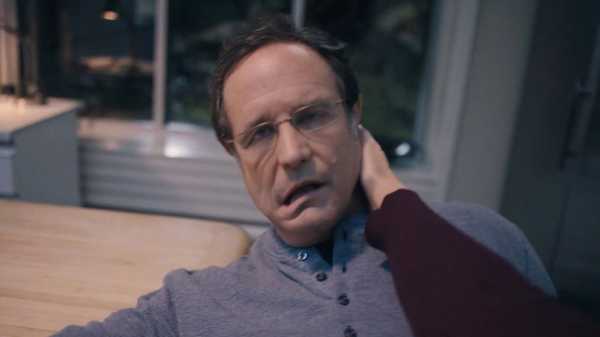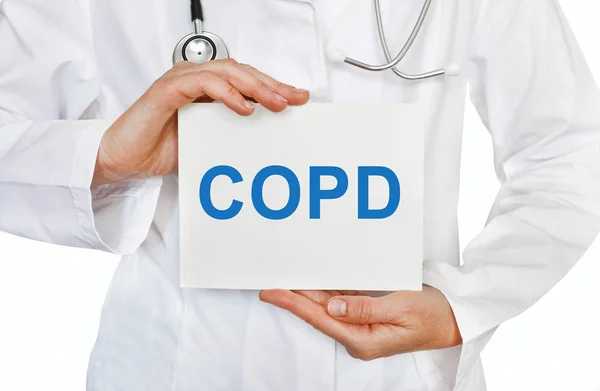Recognizing and Responding to Stroke: Key Symptoms, Causes, and Prevention
Understanding the symptoms and causes of a stroke is crucial for immediate and effective response, as quick intervention can greatly impact recovery outcomes.
Understanding the symptoms and causes of a stroke is crucial for immediate and effective response, as quick intervention can greatly impact recovery outcomes.

Recognizing Stroke Symptoms
Stroke symptoms can vary depending on the individual and the type of stroke. However, there are common warning signs that everyone should be aware of. The most frequent symptoms include:
• Sudden numbness or weakness in the face, arm, or leg, especially on one side of the body.
• Confusion, difficulty speaking, or understanding speech.
• Trouble seeing in one or both eyes.
• Difficulty walking, dizziness, or loss of balance or coordination.
• A sudden severe headache with no known cause.
Recognizing these signs early is essential for seeking immediate medical help, which can improve the effectiveness of treatment and reduce the potential for long-term damage.
Causes of Stroke
Understanding the causes of stroke is key to prevention. There are two main types of stroke:
1. Ischemic Stroke (87% of strokes): This type occurs when a blood clot blocks or narrows an artery that leads to the brain. Atherosclerosis (fatty deposits in blood vessels) is a common cause.
2. Hemorrhagic Stroke: This occurs when a blood vessel in the brain bursts, causing bleeding in or around the brain.
Certain factors increase the likelihood of having a stroke. These risk factors include:
• High blood pressure: The leading risk factor, it can damage blood vessels and increase the chances of both ischemic and hemorrhagic strokes.
• Smoking: It accelerates atherosclerosis and raises blood pressure.
• Diabetes: It can cause long-term damage to blood vessels, increasing stroke risk.
• High cholesterol and obesity: These factors contribute to the narrowing of blood vessels, heightening stroke risk.
• Sedentary lifestyle: Lack of physical activity can exacerbate other stroke risk factors.
Risk Factors and Prevention
Managing risk factors is crucial for reducing the likelihood of a stroke. Key preventive actions include:
• Managing blood pressure: Regular monitoring and medication if needed.
• Quitting smoking: This reduces the risk of atherosclerosis and improves heart and blood vessel health.
• Controlling diabetes and high cholesterol: Proper medication and lifestyle changes can minimize these risks.
• Healthy eating: A balanced diet rich in fruits, vegetables, whole grains, and lean proteins.
• Regular exercise: Physical activity helps maintain a healthy weight, lowers blood pressure, and improves circulation.
Immediate Actions During a Stroke
Time is critical during a stroke. Acting fast can minimize brain damage and improve recovery outcomes. Use the FAST acronym to remember the key steps if you suspect someone is having a stroke:
• Face: Ask the person to smile. Does one side of the face droop?
• Arms: Ask the person to raise both arms. Does one arm drift downward?
• Speech: Ask the person to repeat a simple phrase. Is their speech slurred or strange?
• Time: If you notice any of these signs, call emergency services immediately.
Quick action can make a significant difference in the chances of recovery and reduce long-term disability.
Long-term Management and Recovery
Recovery from a stroke can be challenging, but many survivors regain substantial independence with the right rehabilitation. This may include:
• Physical therapy to improve strength and mobility.
• Occupational therapy to help relearn daily tasks.
• Speech therapy to aid communication skills.
Emotional support is equally important as many stroke survivors experience mental health changes. Support groups and counseling can assist with coping. It is essential to follow medical advice, attend follow-up appointments, and engage in ongoing rehabilitation to monitor progress and prevent complications.
With proper care, many stroke survivors go on to lead fulfilling lives, despite the challenges they may face.








